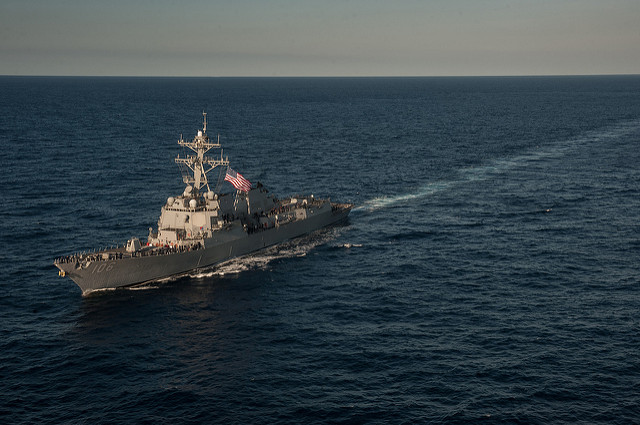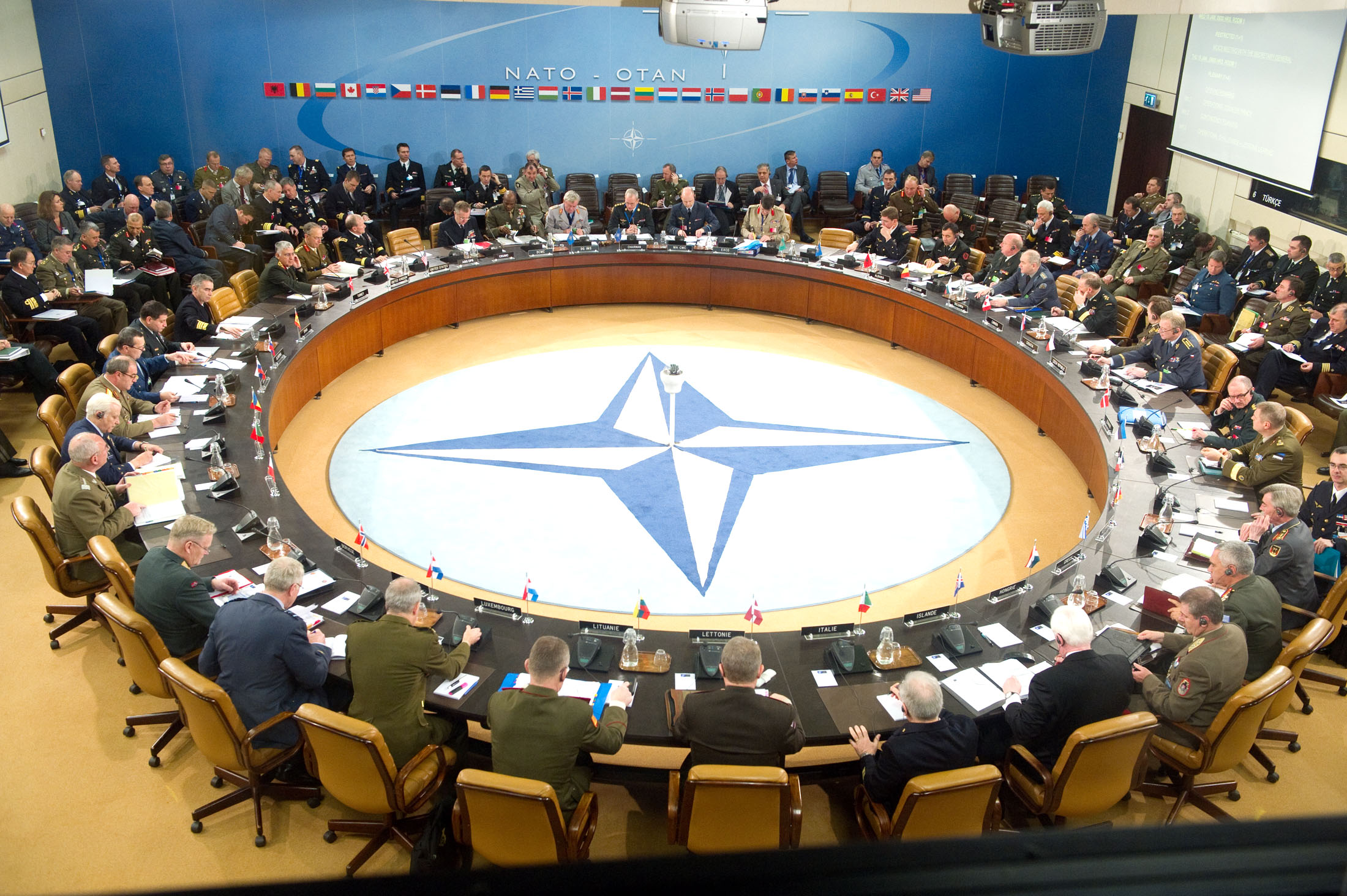On the evening of February 9, 2017, U.S. President Donald Trump agreed to honor the “One China” policy in a telephone conversation with Chinese President Xi Jinping. This policy asserts there is only one state of China ruled by the People’s Republic of China (PRC), and that if diplomatic relations are to occur with the PRC, diplomatic ties must be cut with the Republic of China in Taiwan. President Trump threatened to revise this policy when he accepted a call from Taiwanese President Tsai Ing-Wen on December 2, 2016. This marked the first official communication with Taiwan’s Head of State since the U.S. ended diplomatic ties in 1979, during rapprochement between Washington and Beijing.
By threatening decades of precedence by accepting the call from Taiwan, only to then agree to honor the One China policy months later, President Trump demonstrates the limits of his tough demeanor, which could result in an emboldened China in the South China Sea (SCS). Although President Trump’s prudent decision is meant to signal potential cooperative dialogues between Washington and Beijing, alternative perspectives can be anticipated. For instance, China could conclude that President Trump is “tough in his rhetoric but can be rolled if they apply sufficient pressure,” as Bonnie Glaser of the Center for Strategic and International Studies has suggested.
These perceptions of a weakened American presence in the region could cause China to continue militarizing its artificially constructed islands, which it has already done in the Fiery Cross, Mischief, and Subi Reefs in the Spratly Islands, and reports claim they contain anti-aircraft guns, close-in weapons systems (CIWS), and military length airstrips. The Spratly Islands and other portions of the South China Sea (SCS) are claimed by various neighboring states in the region including Vietnam, the Philippines, Malaysia, Taiwan, Brunei, and China. The value of trade transported through the region is reported by the Council on Foreign Relations to be $5.3 trillion per year, with U.S. trade accounting for $1.2 trillion of the total.
The testimony of Rex Tillerson, prior to being confirmed as U.S. Secretary of State, is helpful to decipher future U.S.-China relations in the SCS. During his confirmation hearing, Secretary Tillerson stated there was a need to send China “a clear signal that, first, the island-building stops and, second, your access to those islands also is not going to be allowed.” This has led to fears that the US would undertake military action to prevent China from developing and accessing its man-made islands thus significantly increasing tensions between the two powers. However, in a written testimony submitted to Senator Ben Cardin after the hearing, but before the confirmation vote, Secretary Tillerson elaborated on his claims, stating that “if a contingency occurs, the United States and its allies and partners must be capable of limiting China’s access to and use of its artificial islands to pose a threat to the United States or its allies and partners”.
Julian Ku, professor at the Hofstra University School of Law, argues that Secretary Tillerson’s written testimony means that only after an aggressive Chinese action against US or allied assets deployed in the SCS, can Washington militarily obstruct the People’s Liberation Army (PLA) from accessing its artificial islands if it is asserted that Beijing intends to use those islands for further aggressive actions against the US and its allies. In consequence, the written testimony adds nuance to the oral one by stating that the US won’t automatically respond with force because China is building islands in the SCS. Washington would only institute a naval blockade as a retaliatory move if its military assets and those of its allies, previously deployed in the SCS, are attacked in the first place. It remains to be seen what kind of Chinese threat justifies a US naval blockade, and whether continued militarization of artificially constructed islands is included in the definition of such a threat.
This alternative interpretation demonstrates a more deterrent nature for future U.S. measures in the region, ensuring that the U.S. can maintain a regional presence to deter threats of further Chinese expansion. This understanding suggests that American operations in the SCS hold a similar functional role to ongoing NATO deterrence operations against Russian aggression in Eastern and Central Europe. Secretary Tillerson has claimed that China’s militarization and artificial island building is “akin to Russia’s taking of Crimea.” What remains to be seen is whether U.S. deterrence measures involve a similar strategic presence in the region to that of ongoing NATO deployments in Europe.
Moreover, it is uncertain how China will test the limits of American rhetoric, and whether a desire to translate tough talk into action by the new U.S. administration will result in a Chinese response that further escalates tensions. Real dangers of sudden escalation are present, as a recent example demonstrates with an “unsafe encounter” between Chinese military aircraft and U.S. Navy surveillance aircraft over the contested Scarborough Shoal, when Chinese aircraft were flying dangerously close to American planes nearly causing collisions capable of escalating tensions. In the future, the PLA might even generate a radar lock on US assets effectively targeting them but without firing missiles. Such an action has precedence when Chinese fighters targeted Japanese planes over the disputed Senkaku/Diaoyu islands. That kind of move may cause an even more rapid escalation since patrolling American or allied units in the SCS might believe that the PLA is not targeting them to scare them away them, but to effectively fire on them.
Photo: USS Stockdale underway in the South China Sea (2013) by US Navy via Flickr. Photo courtesy of the US Navy.
Disclaimer: Any views or opinions expressed in articles are solely those of the authors and do not necessarily represent the views of the NATO Association of Canada.




